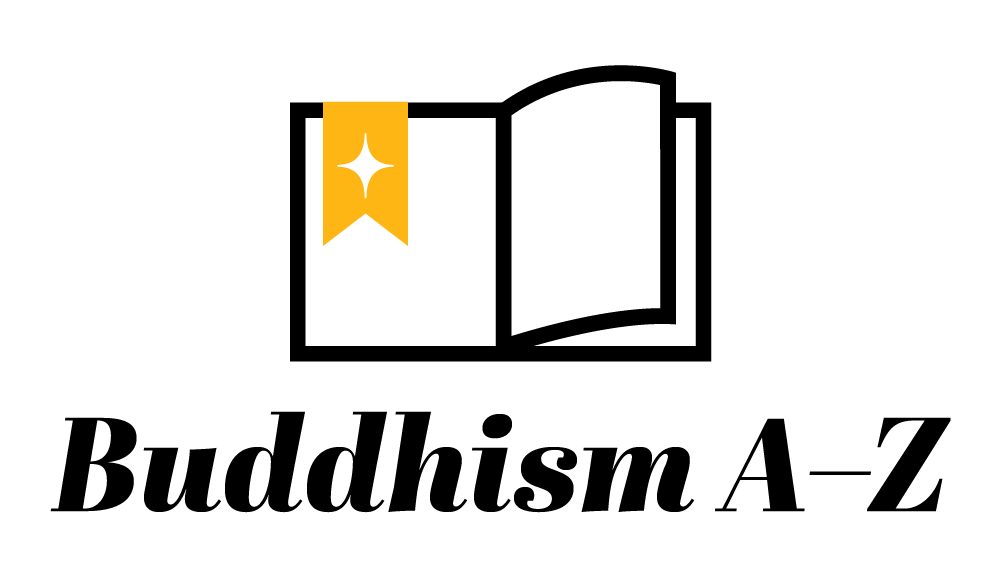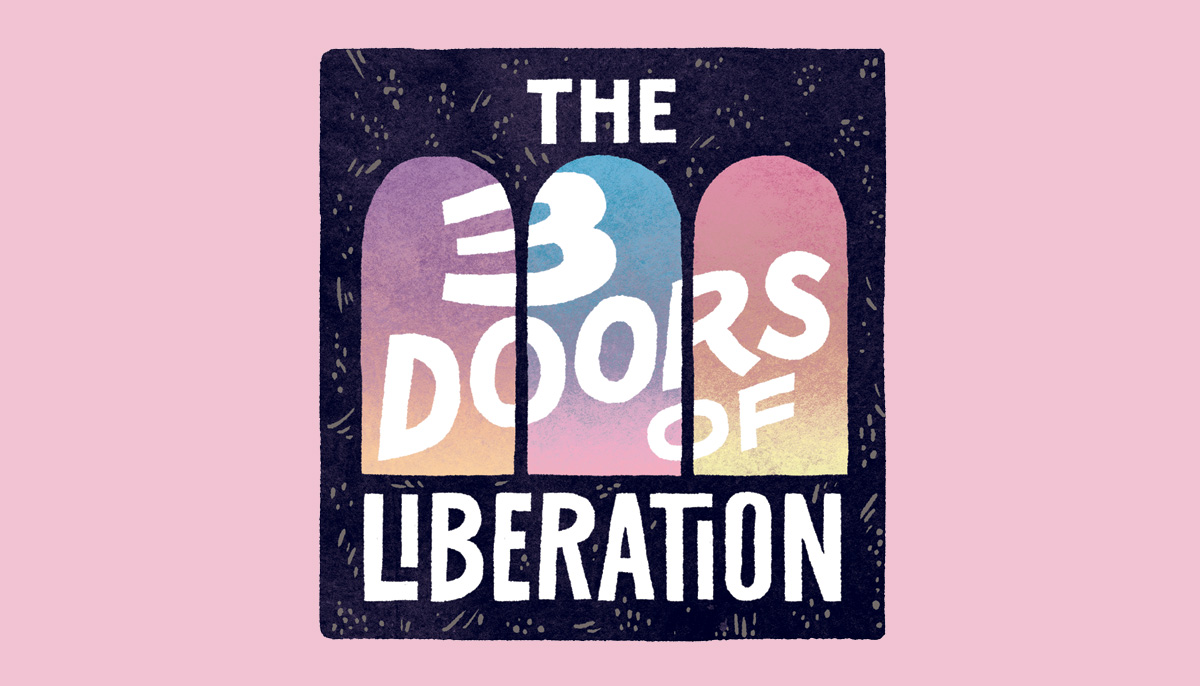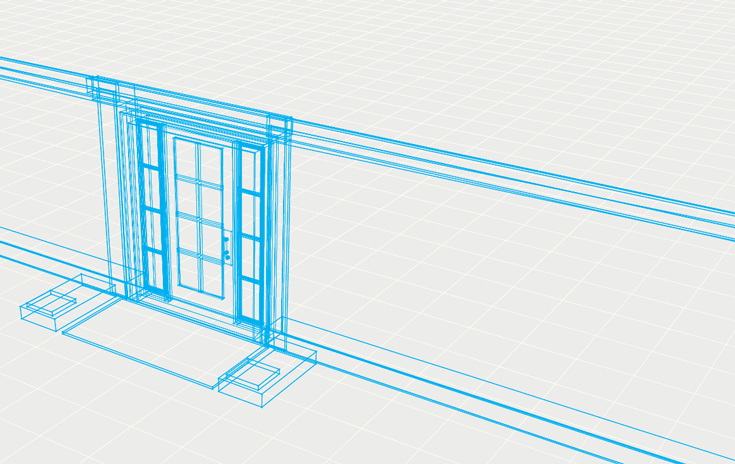The three marks of existence — impermanence, suffering, and no self — are the Buddha’s basic description of reality. The three doors of liberation is Thich Nhat Hanh’s teaching on how to transcend duality, the root of all suffering, by living in accord with these truths. It’s the positive side of what otherwise could be seen as pretty bad news.
1. No Self
Since nothing has a separate self, everything is connected. To describe this, Thich Nhat Hanh coined the term “interbeing.” When we realize we are connected with all things, we have perfect communication with them and live with joy and ease.
2. Signlessness
The form or outer appearance of things — their “sign” — can deceive us. A cloud looks like a cloud, but then it’s rain, and after that it’s in the plants the rain watered. The form changes, but nothing is ever lost. When we realize signlessness — when we are no longer attached to temporary forms — we transcend birth and death and enjoy the wonderful, ever-changing journey.
3. Aimlessness
Thich Nhat Hanh always says that we are endlessly running — after love, wealth, happiness, enlightenment, whatever. Aimlessness means you have no goal, no object of pursuit. Then you realize you have everything you needed all along. Zen master Rinzai’s term for this is the “businessless person.” She who has no personal business to conduct in samsara is called a buddha.
Related Reading
Thich Nhat Hanh’s Doors of Liberation
No self, no form, no goal: Thich Nhat Hanh on the truth we’re distracting ourselves from.
Buddhism A–Z
Explore essential Buddhist terms, concepts, and traditions.


